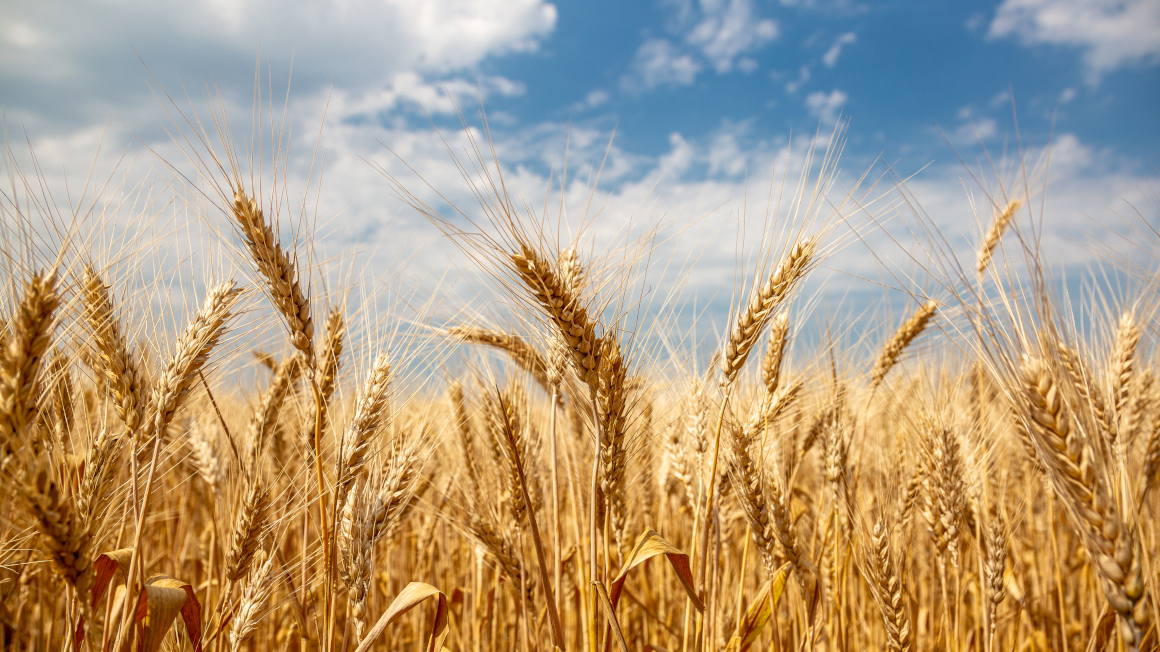"Fungal networks influence soil carbon storage"
Johanna Pausch
PhD Geoecologist
Position:
Junior Professor of Agroecology at the University of Bayreuth

PhD Geoecologist
Position:
Junior Professor of Agroecology at the University of Bayreuth

Bayreuth geoecologist Johanna Pausch is researching how root fungi in symbiosis with plants control carbon turnover in soils.
Soil is not only a significant carbon sink, but also one of the most important natural sources of CO2. Bayreuth geoecologist Johanna Pausch wants to explore biological mechanisms that influence the carbon storage capacity of soils. She was recently awarded a Starting Grant from the European Research Council ERC for a new research project on the role of root fungi and their effect on soil carbon turnover.
Soils are coming under increasing pressure as a result of climate change, and with them the soil ecosystem. What does this mean for soil carbon storage?
Soils are of central importance for our climate system. They serve as reservoirs for enormous amounts of carbon in organic compounds. How large the reservoir ultimately is depends on carbon input and output into and out of the soil. Climate change is altering the dynamics of these carbon fluxes. Depending on the region, this can result in more carbon being added to soils through increased plant growth or more carbon being lost to the atmosphere through increased decomposition rates. However, it is not only climate change that poses the risk of soil losing some of its stored carbon and thus its functionality. Carbon storage is also influenced in particular by the way humans use the soil.
What factors influence carbon turnover in the soil? How important is the interaction between plants and microorganisms?
The turnover of organically bound carbon in the soil is essentially carried out by microorganisms. In principle, microbial processes in the soil are accelerated by a rise in temperature. However, prolonged dry phases, as will occur more frequently in the future, can limit the microbial turnover of carbon. In addition to these factors, the interaction between plants and microorganisms is also of central importance. Microorganisms in the soil are often limited by the lack of readily available carbon as a source of food and energy. However, the plant supplies microorganisms with readily available carbon compounds via root exudates. This makes the area around the roots, the rhizosphere, a hotspot of microbial turnover processes. In return, the plants benefit from a better supply of nutrients released during the decomposition processes.
Carbon storage in soils is currently the focus of a new research project funded by the European Research Council. What exactly is the MYCO-SoilC project about?
MYCO-SoilC is about fungi that live in symbiosis with plants, called mycorrhiza, and their function for carbon storage in the soil. Unlike most other microorganisms in the soil, these fungi are not limited in their carbon supply. They receive carbon from the plant, for example in the form of sugars from photosynthesis, and supply nutrients to the plant in return. In this project, we are investigating interactions between plants and fungi and their importance for carbon input and turnover in the soil. In general, we are concerned with the role of mycorrhizae in interactions and feedbacks between atmospheric CO2 and organic carbon in the soil and, accordingly, with processes that lead to carbon storage in soils and thus counteract climate change.
One focus of the project is on mycorrhizal fungi. What contribution do they make to carbon storage in the soil? To what extent could the fungal network predict climate change impacts on soil carbon stocks?
Via the fungal networks, a great deal of carbon that the plants have previously removed from the atmosphere flows into the soil. In addition, the fungi themselves play an important role in the decomposition of organic compounds. Different types of mycorrhiza, such as arbuscular and ectomycorrhiza, differ greatly in terms of carbon storage in the soil. For example, the carbon stock in the topsoil increases with the proportion of plants that form a symbiosis with ectomycorrhizal fungi. However, it is still unclear whether there is a causal relationship. With our research we want to investigate the influence of the different types of mycorrhizae on soil processes and especially on the amount and stability of soil carbon. The knowledge gained will make it possible to more accurately predict the potential of soils to store carbon in the context of global change and to derive strategies for sustainable soil use.
What is the goal of the research project?
Our goal is to use new innovative technologies to quantify the amount of carbon input from the plant to the soil via different fungi. With our research project, we also want to contribute to a better understanding of the importance of plant-fungal interactions for soil carbon storage.
Interview: Beatrix Boldt


